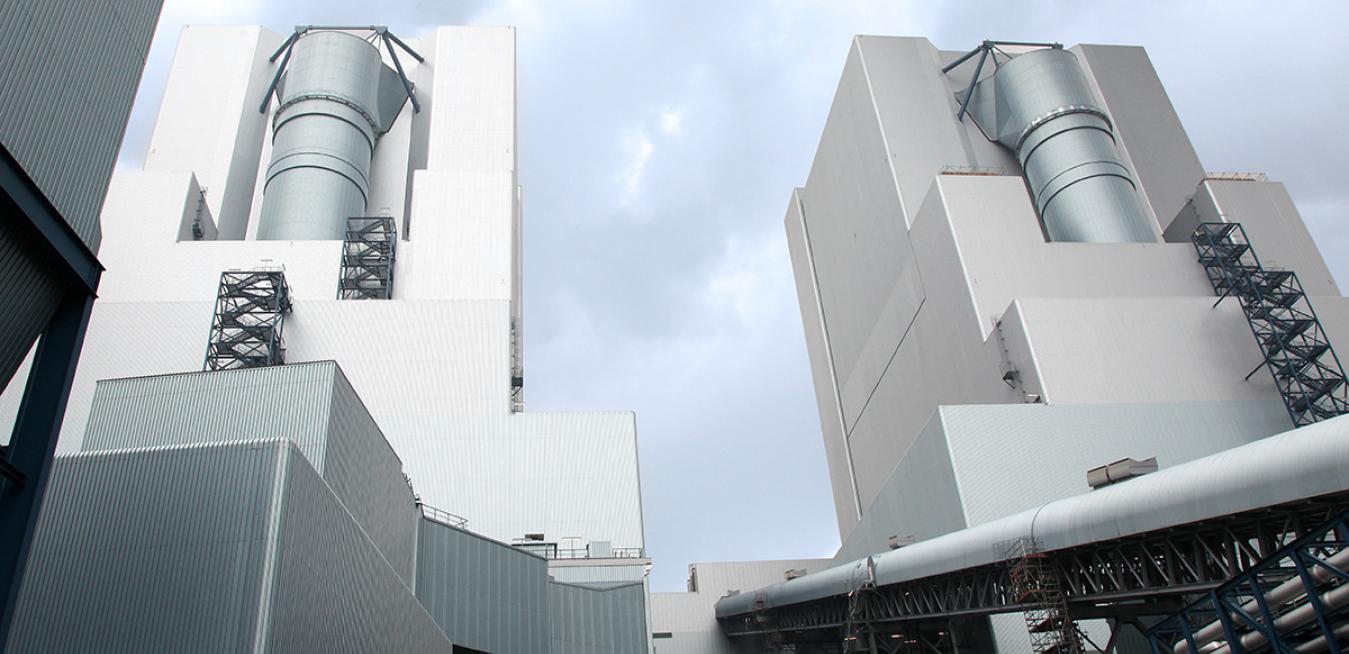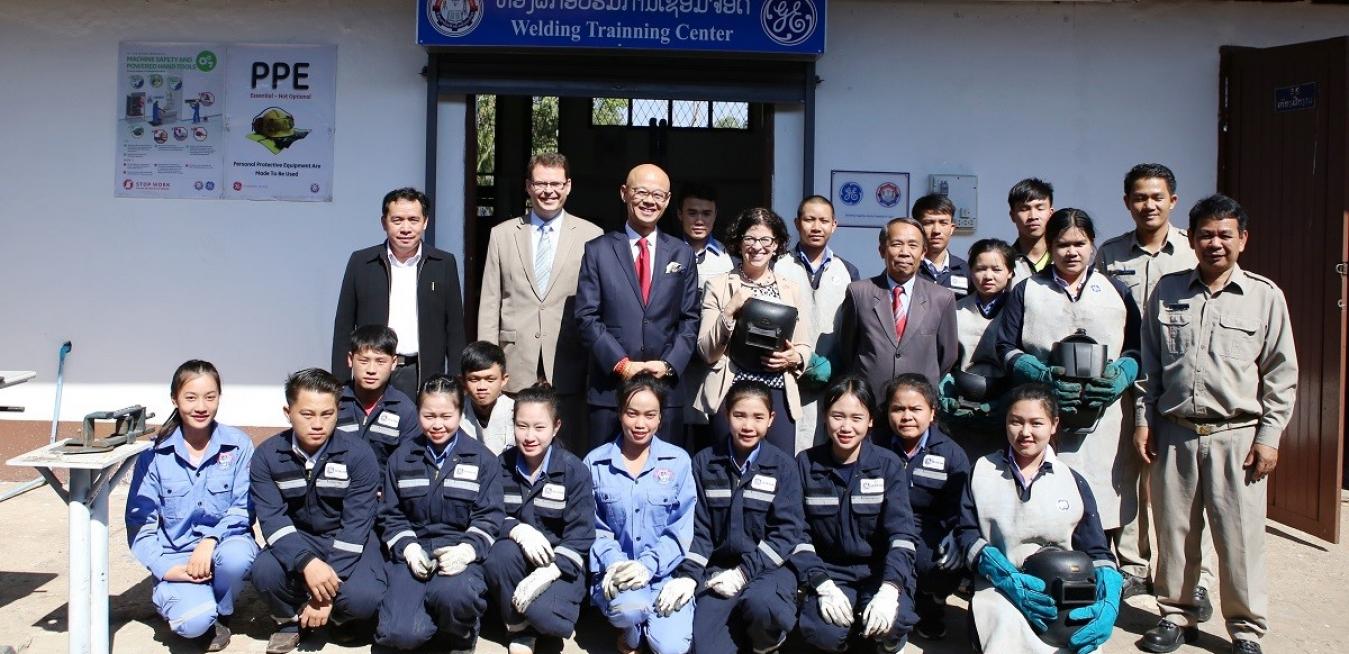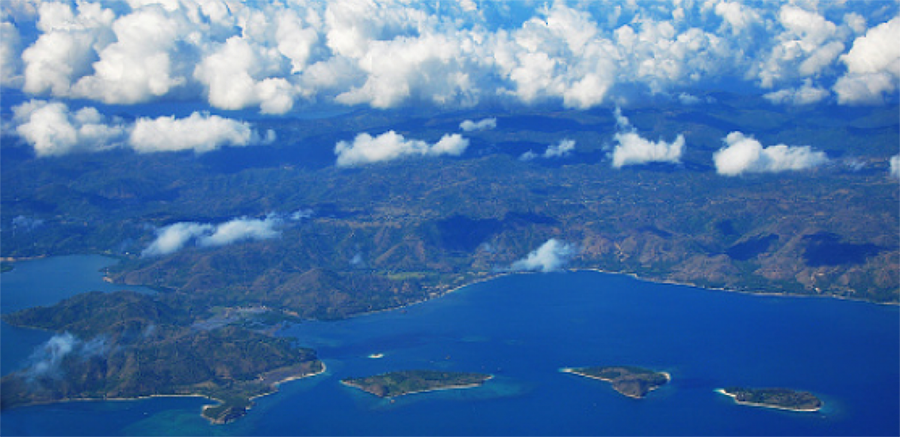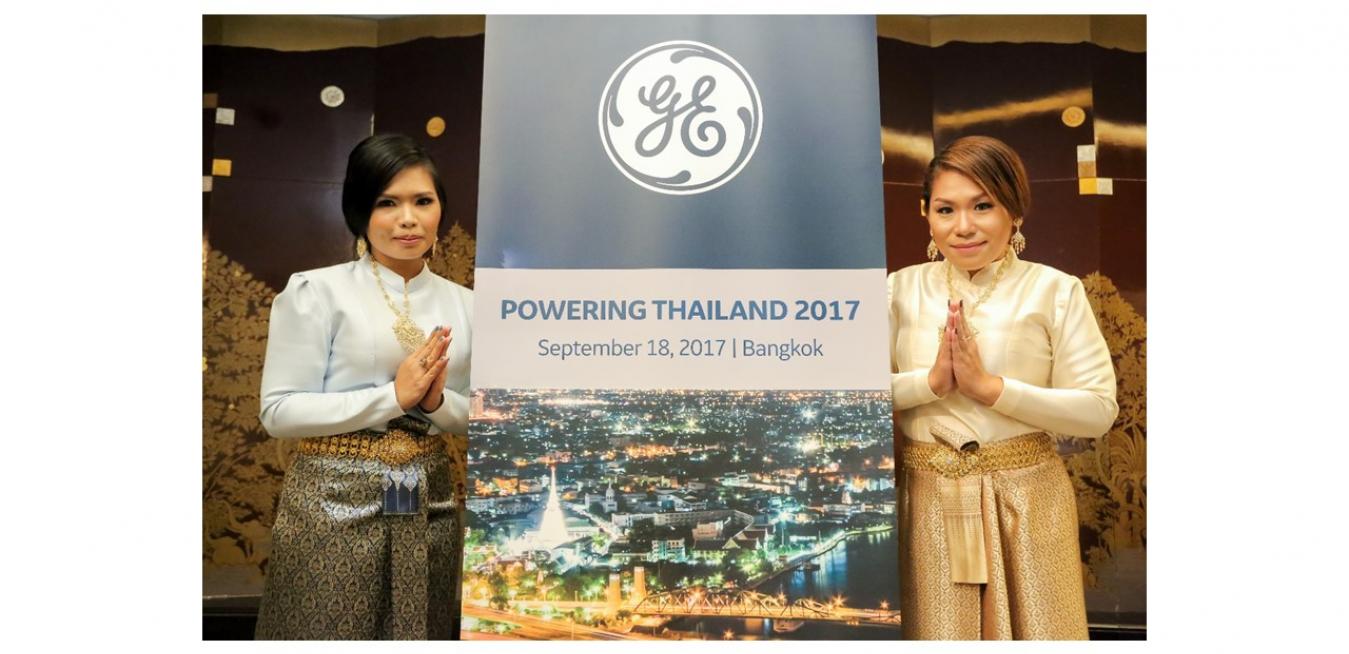Operational since early 2015, the Manjung 4 plant is playing its part in meeting demand for energy throughout Malaysia that is tipped in the World Energy Markets Observatory (WEMO) 2017 report, to increase by 4.8% per annum right up to 2030.
In the-near-future however, wave power, or marine energy, could become a new source of renewable power for nations connected to the world’s deepest, largest oceans, including many in Asia Pacific (APAC).
Unleashing the potential
Buried 1,000 feet below the parched Thar Desert in Pakistan lies more fuel energy than all the known oil in Iran and Saudi Arabia combined. Just a small fraction of this 175-billion-ton lignite coal reserve is plentiful enough to supply one-fifth of Pakistan’s current energy levels for 50 years.
When GE Global Research Center engineer Jayesh Barve arrived in Behlolpur, India, in February, he found children and adults from this remote village learning to read and write with the help of a new computer. The sight overwhelmed him. As recently as last fall, Behlolpur, located in Bihar province, had no electricity — much less computers. Villagers rose with the sun and lit candles or oil lamps at night, just like their ancestors centuries ago.
The evolution of computing technology has long been predicated by ‘Moore’s Law’, a much-quoted observation made by Intel founder, Gordon Moore in 1965. He predicted that the number of transistors in a dense integrated circuit, would double every two years, to drive exponential growth.














